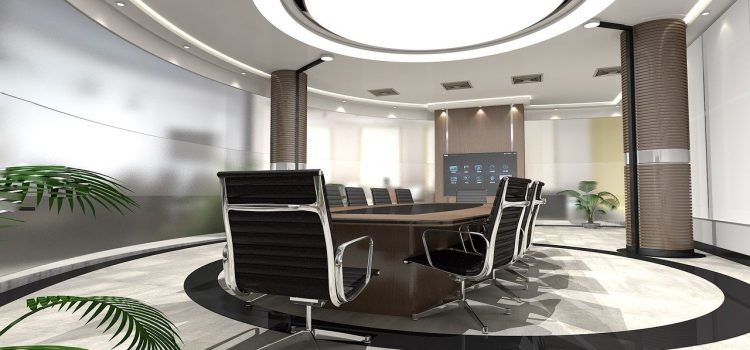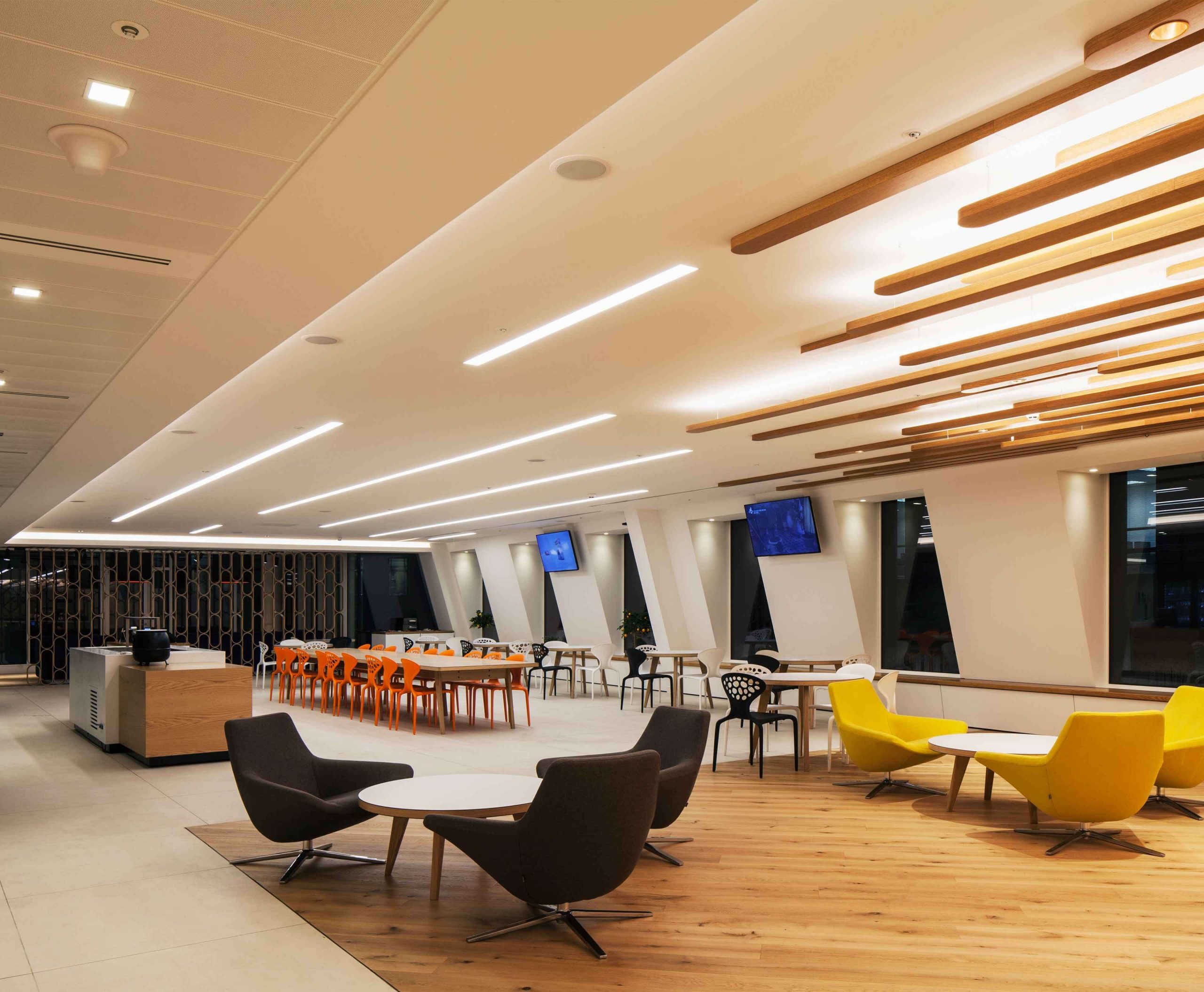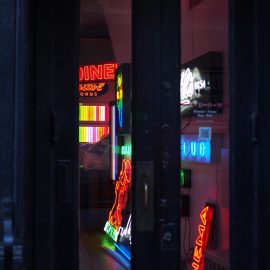
In an era where environmental responsibility are at the forefront, businesses are increasingly seeking ways to reduce their carbon footprint and adopt eco-friendly practices. One impactful yet often overlooked aspect of sustainability in the workplace is lighting. By choosing eco-friendly lighting options, businesses can not only reduce energy consumption but also cut down on operational costs. In this blog post, we’ll explore various eco-friendly lighting alternatives and their benefits for businesses.
The Need for Eco-Friendly Lighting
The environmental impact of traditional lighting systems cannot be underestimated. Conventional incandescent and fluorescent bulbs are not only energy-inefficient but also contain harmful substances, such as mercury, which can pose a risk to both human health and the environment. Eco-friendly lighting options offer a solution to these issues by providing businesses with sustainable, energy-efficient, and healthier alternatives.
LED Lighting: Light Emitting Diode (LED) technology has revolutionized the lighting industry and is now the gold standard for eco-friendly illumination. LED bulbs are highly energy-efficient, consuming significantly less electricity than traditional incandescent bulbs while providing the same amount of light. LED lights use up to 80% less energy than traditional incandescent bulbs, leading to substantial energy cost savings for businesses. LED bulbs also have a significantly longer lifespan, often lasting 25 times longer than incandescent bulbs. This means fewer replacements and reduced waste. Many LED bulbs are dimmable, offering businesses the flexibility to adjust lighting levels and reduce energy consumption further.
Compact Fluorescent Lamps (CFLs): Compact Fluorescent Lamps (CFLs) are another eco-friendly lighting option for businesses. CFLs use about 70% less energy than incandescent bulbs, which can translate into significant cost savings. While not as long-lasting as LEDs, CFLs still have a longer lifespan compared to traditional incandescent bulbs. CFLs are available in various shapes and sizes, making them suitable for different fixtures and lighting applications.
T5 and T8 Fluorescent Tubes: For businesses that require overhead lighting in larger spaces like offices or warehouses, T5 and T8 fluorescent tubes can be an energy-efficient choice. These tubes offer diffused, flicker-free lighting that is ideal for office settings, reducing eye strain. Upgrading to energy-efficient electronic ballasts can improve the energy efficiency and longevity of fluorescent tube lighting systems.
Smart Lighting Systems: The emergence of smart lighting technology has added a new dimension to eco-friendly lighting solutions for businesses. Smart lighting systems, such as those based on Internet of Things (IoT) technology, allow businesses to control and optimize their lighting based on occupancy, daylight, and specific requirements. Smart lighting systems can automatically adjust lighting levels, turn lights off when not needed, and respond to natural light, resulting in substantial energy savings. Many smart lighting systems can be controlled remotely through smartphones or computers, making it easy to manage lighting in different areas of a facility. Smart systems can provide alerts about bulb or fixture malfunctions, reducing downtime and improving maintenance efficiency.

Solar-Powered Lighting: Solar-powered lighting is an excellent option for outdoor lighting applications such as parking lots, pathways, and landscape lighting. Solar lighting relies on renewable energy, reducing a business’s carbon footprint and reliance on grid electricity. While the initial setup cost may be higher, solar lighting eliminates ongoing electricity costs and can provide long-term savings. Solar-powered lights can also operate independently of the electrical grid, making them ideal for remote or off-grid locations.
Natural Light Integration: Integrating natural light into the workplace is one of the most eco-friendly lighting strategies available. Maximizing natural light can significantly reduce the need for artificial lighting during daylight hours, resulting in energy savings. Exposure to natural light has been linked to improved productivity, mood, and well-being among employees. Many green building certifications, such as LEED (Leadership in Energy and Environmental Design), prioritize the use of natural light in building design.
Recycled and Recyclable Materials: Eco-friendly lighting extends beyond just the type of bulb used; it also includes the materials used in fixtures and components. Opting for lighting products made from recycled or recyclable materials supports sustainable practices. Additionally, recycling old lighting fixtures can divert waste from landfills and reduce the environmental impact.
By embracing eco-friendly lighting solutions, businesses can not only reduce their energy consumption, operational costs, and environmental impact but also create a healthier and more comfortable environment for employees and customers. Whether it’s LED lighting, smart systems, solar-powered solutions, or simply maximizing natural light, making the right lighting choices can contribute to a more sustainable and responsible business operation.

